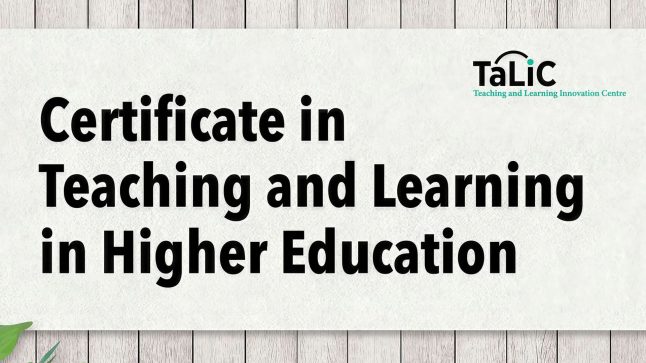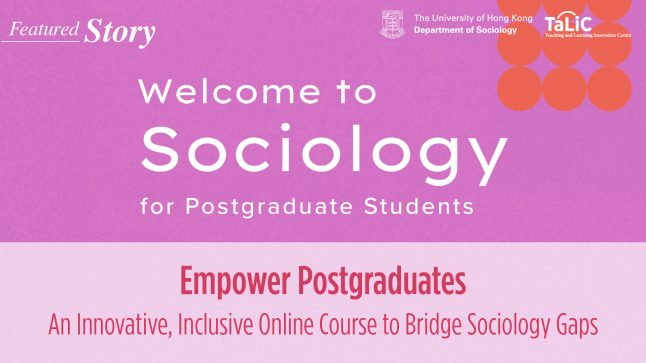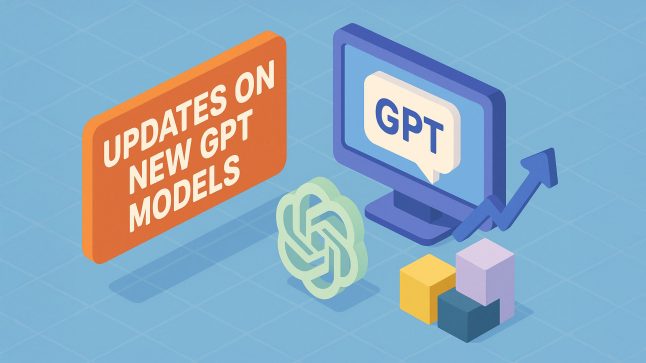
Flipping the classroom allows teachers to present instructional materials before class mostly via short videos, freeing class time for interactive activities in the face-to-face sessions. But, what is the definition of quality in-class activities? Dr. Lily Zeng and Professor Ricky Kwok shared their insights in a workshop on 8 March 2016.
The 4Cs
Ricky’s formula of engaging class activities comprises 4Cs:
Collaborative
Collaborative work promotes mutual scaffolding and peer-to-peer learning. For example, in Professor Rick Glofcheski’s Tort Law class, students had to analyze legal cases together.
Competitive
It is also a good idea to balance collaboration with healthy competition in the classroom. We should provide students with a platform to race with each other and achieve a given goal within limited time. For example, In CCST9003 Everyday Computing and the Internet, students are challenged to solve a Rubik’s cube in the shortest time possible.
Co-creation
By giving students a chance to co-create content, we are prompting them to learn from each other. For example, Professor Benson Yeh asked students to design their own questions for the class.
Credits
Students should be given credits for their effort; where possible, their participation should be appropriately assessed. This will incentivize students to constantly improve their performance. For example, participation in the Interprofessional Team-based Learning (IPTBL) for health professional students would contribute to the grade of some students.
Gamification
The 4Cs can take many different forms. One possibility is to engage your students with learning games during the lesson.
As Ricky pointed out in the workshop, “Gamification is all about how to engage students; how we can incentivize them to take desirable actions. And desirable actions in our context today, is to make learning happen; it’s to achieve the learning outcomes.” “With a good design, you can … engage your students [to] learn the things that you want them to learn. And if you can structure that learning activity as a game, then it will be even better.”
Developing a learning game may seem an impossible challenge to some. But don’t worry. TELI is here to work with you. You can always bring your rough ideas to us and we can brainstorm together. The following questions may help you get started:
- Which topic do you want to work on?
- Do you want students to play the game as pre-class or in-class activity?
It is possible to begin with a rough idea and develop it into something big. In fact, it is okay even if you don’t have any idea about gamification at all. Come to us. We will show you game prototypes we are currently developing and offer you suggestions.
Further reading








